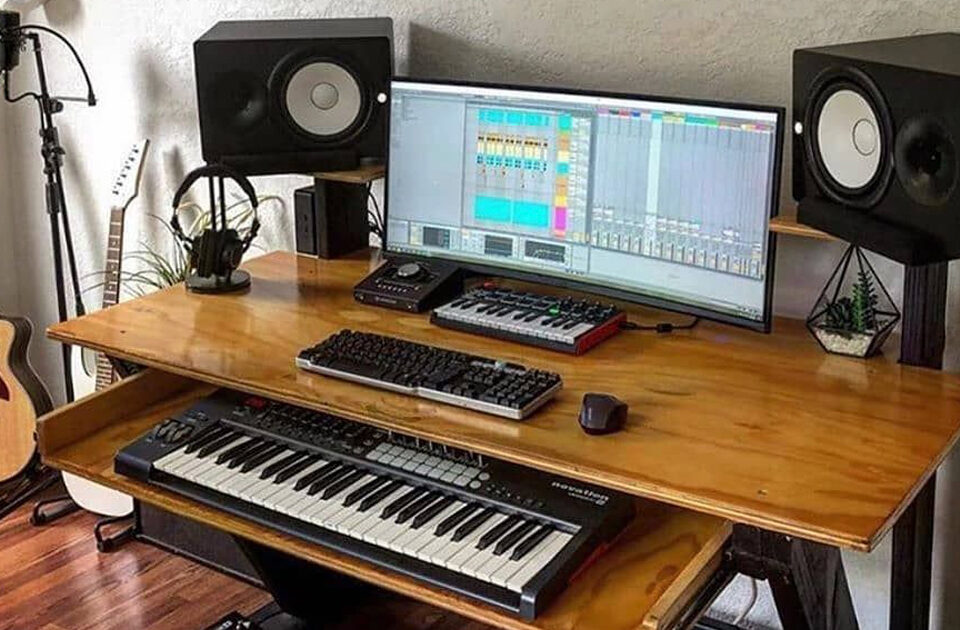Instrument-specific Recording Techniques – Unveiling the Unique Qualities of Musical Instruments
When it comes to recording music, capturing the distinct qualities of each instrument is essential in creating a captivating and authentic sound. Different instruments possess unique characteristics that require specific recording techniques to ensure their sonic nuances are faithfully reproduced. In this article, we will explore instrument-specific recording techniques, focusing on guitars, pianos, strings, brass, woodwinds, and more. These techniques will help musicians, producers, and engineers optimize their recording setups and unlock the full potential of each instrument.
1. Guitars
Guitars, with their diverse range of styles and playing techniques, offer numerous possibilities for capturing their rich timbre. Here are a few instrument-specific recording techniques for guitars:
- Acoustic Guitars: To capture the resonance and warmth of an acoustic guitar, using a high-quality condenser microphone placed strategically near the soundhole or around the 12th fret can yield pleasing results. Experimenting with different microphone positions, such as XY or ORTF stereo techniques, can provide depth and stereo imaging.
- Electric Guitars: When recording electric guitars, a dynamic microphone like the Shure SM57 is a popular choice, positioned close to the guitar cabinet’s speaker cone. Additionally, blending this close-mic’d sound with a room microphone or using stereo techniques like the mid-side (M/S) configuration can add dimension to the recording.
2. Pianos
The piano, a majestic instrument with its wide tonal range, presents unique challenges in capturing its complexity and dynamic expression. Here are a few instrument-specific recording techniques for pianos:
- Grand Piano: Placing a stereo pair of condenser microphones above the strings, around the player’s head height, can capture the piano’s natural sound. Experimenting with different microphone distances and angles can provide variations in the stereo image and emphasise different registers of the instrument.
- Upright Piano: Due to its different soundboard design, recording an upright piano requires a modified approach. Placing a stereo pair of condenser microphones close to the hammers can capture the percussive nature of the instrument. To enhance the low-end response, adding a microphone near the soundboard can be beneficial.
3. Strings
Strings instruments, such as violins, cellos, and double basses, possess a rich and expressive tonality. Here are a few instrument-specific recording techniques for strings:
- Close-miking: Placing a small-diaphragm condenser microphone near the F-hole of a violin or cello can capture the instrument’s detailed and focused sound. Experimenting with different distances and angles can emphasize different aspects of the instrument’s tone.
- Room-miking: To capture the ambience and natural resonance of stringed instruments, using a stereo pair of condenser microphones in a spacious room can provide a sense of depth and space.
4. Brass
Brass instruments, including trumpets, trombones, and horns, possess a powerful and distinctive sound that requires specific recording techniques. Here are a few instrument-specific recording techniques for brass:
- Dynamic microphones: Due to their ability to handle high sound pressure levels, dynamic microphones like the Shure SM58 or Sennheiser MD421 are commonly used to capture the brilliance and intensity of brass instruments. Positioning the microphone a few inches away from the bell or at the player’s ear level can yield excellent results.
- Blending techniques: Combining close-miking with room microphones or using stereo techniques like the spaced pair or the Decca Tree configuration can add dimension and depth to brass recordings.
5. Woodwinds
Woodwind instruments, such as flutes, clarinets, and saxophones, possess
a wide range of tonal colors and textures. Here are a few instrument-specific recording techniques for woodwinds:
- Close-miking: Placing a small-diaphragm condenser microphone near the player’s embouchure hole or bell can capture the instrument’s nuances and articulations. Experimenting with different microphone positions can emphasize specific tonal characteristics.
- Room-miking: Utilising a stereo pair of condenser microphones placed at a moderate distance from the player can capture the woodwind’s natural resonance while maintaining a sense of space.
Summary
Recording different instruments necessitates understanding their unique qualities and employing specific recording techniques to capture their essence faithfully. By utilizing instrument-specific recording techniques, musicians, producers, and engineers can create captivating recordings that showcase the full potential of each instrument. Whether it’s guitars, pianos, strings, brass, woodwinds, or any other instrument, exploring and experimenting with different microphone placements and stereo techniques will enable the creation of exceptional recordings that truly highlight the beauty and intricacies of the musical performance.


